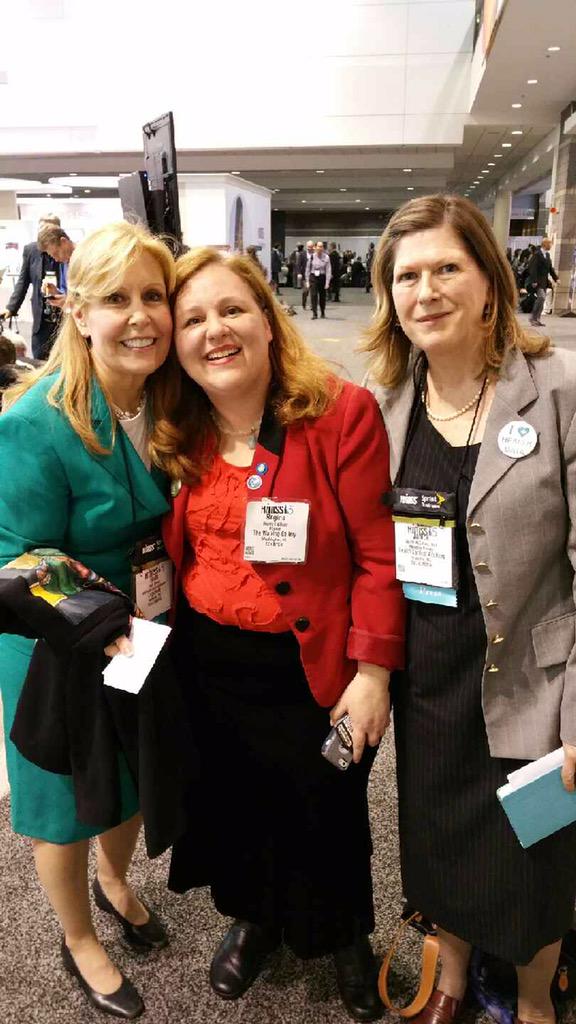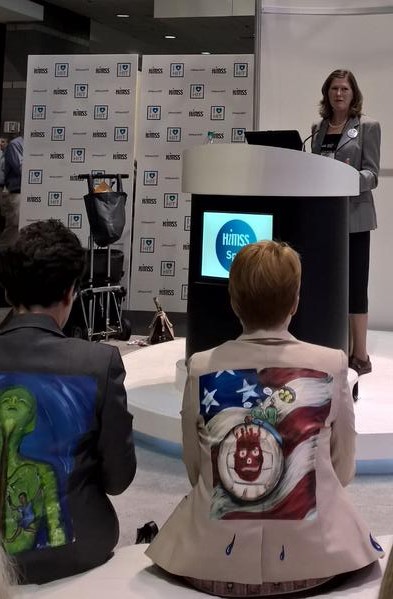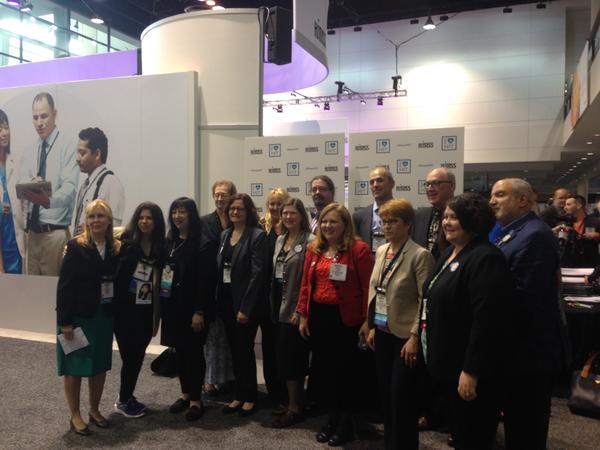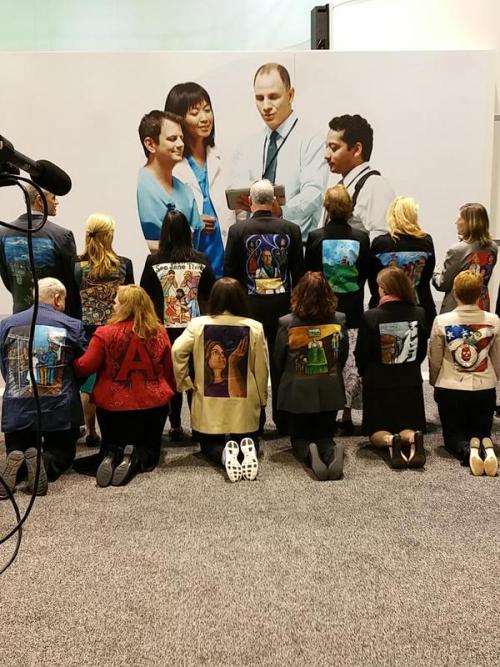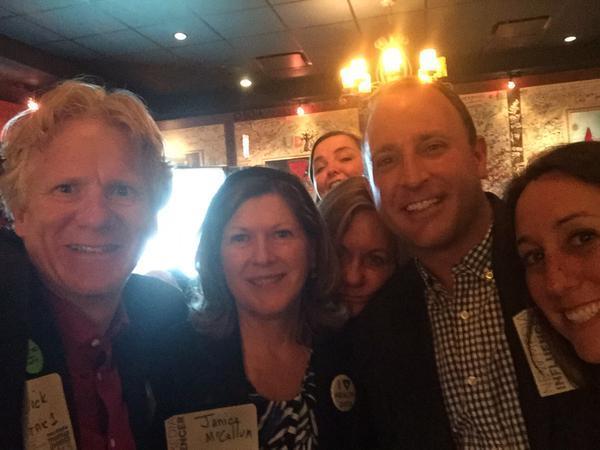An Economist’s End-of-Life Wishes: One-Hoss Shay Depreciation
 Sunday, November 1, 2015 at 1:20PM
Sunday, November 1, 2015 at 1:20PM Aging in place and end-of-life care were among the hot topics at the Partners Connected Health Symposium last week, which reminded me of comments I have made in the past regarding the ideal “one-hoss shay” method of living well for a full lifetime until a quick sudden death occurs.
Let me explain. Early in my career, I worked at the Urban Institute for an economist (Charles Hulten) who specializes in depreciation theory and productivity analysis. We held a conference and published a book with the incredibly sexy title, “Depreciation, Inflation & the Taxation of Income from Capital”. Sounds like a pager-turner, right?
Well, one of the fun things I did to prepare for the conference was to go to the rare books section of the Library of Congress to find a copy of Oliver Wendell Holmes’ poem, The Deacon’s Masterpiece, or the Wonderful One-Hoss Shay: A Logical Story. I wanted to use graphics from the original book for the flyers we printed for the conference. (Note, shay is a anglicized word for the French word ‘chaise’, which refers to a carriage; hoss is simply the way some of us in New England pronounce the word “horse”!).
The field of economics uses the term “one-hoss shay” depreciation to describe assets that retain their useful value until they rapidly fail (like a lightbulb).
In the poem, the deacon constructs his one-hoss shay in such a balanced and logical way so that no part represents a point of weakness:
For the wheels were just as strong as the thills,
And the floor was just as strong as the sills,
And the panels just as strong as the floor,
And the whipple-tree neither less nor more,
And the back crossbar as strong as the fore,
And spring and axle and hub encore.
Nonetheless, exactly 100 years after it was built, the carriage succumbs to the decay of old life:
And yet, as a whole, it is past a doubt
In another hour it will be worn out!
First a shiver, and then a thrill,
Then something decidedly like a spill, —
And the parson was sitting upon a rock,
At half past nine by the meet’n-house clock, —
Just the hour of the Earthquake shock!
What do you think the parson found,
When he got up and stared around?
The poor old chaise in a heap or mound,
As if it had been to the mill and ground!
You see, of course, if you’re not a dunce,
How it went to pieces all at once, —
All at once, and nothing first, —
Just as bubbles do when they burst.
End of the wonderful one-hoss shay.
Logic is logic. That’s all I say.
As you might guess, my interpretation of the poem lends itself to anthropomorphizing the shay to the human body (remember Holmes was a physician and a medical reformer: https://en.wikipedia.org/wiki/Oliver_Wendell_Holmes,_Sr.#Medical_reformer.2C_marriage_and_family)[1]. In brief, in my view, the ideal scenario for end-of-life is a quick catastrophic end that punctuates a long healthy life. We can’t all avoid disease, but we can follow the deacon’s playbook and attempt to keep our bodies in balance and as healthy as possible as long as possible.
Would you say our current healthcare system is optimized for one-hoss shay depreciation, which requires an emphasis on preventive maintenance so that our bodies don’t “break down” but rather “wear out”? I know my answer to that question. The more important question is: how do we change the current system that resembles a repair shop more than it does a health maintenance system?
Just the fact that we’re addressing end-of-life issues as major themes of healthcare conferences like the Connected Health Symposium and the fact that end-of-life issues are being raised in mainstream media indicate that we’re making progress.
———————————————
I recommend this YouTube reading of The Deacon’s Masterpiece by Eddie Arnold (some of you may remember him as Oliver Wendell Douglas from Green Acres!): https://www.youtube.com/watch?v=wiOHhhwnK6k
[1] Reading this part of Holmes’ biography led to me check for references to Holmes in Thomas Goetz’ new book, The Remedy, Robert Koch, Arthur Conan Doyle, and the Quest to Cure Tuberculosis, which I purchased at the Connected Health Summit. Indeed there are references to Holmes (not just Sherlock) in the book and there are obvious connections between the two Holmeses.



